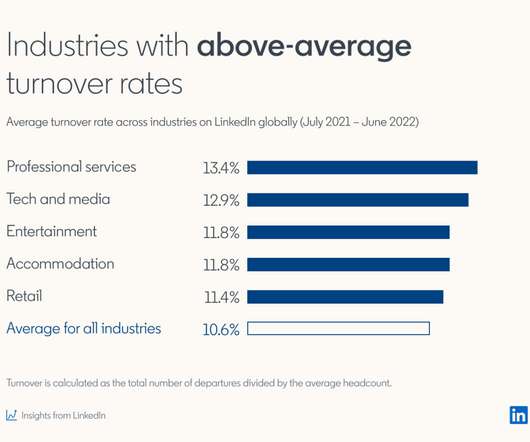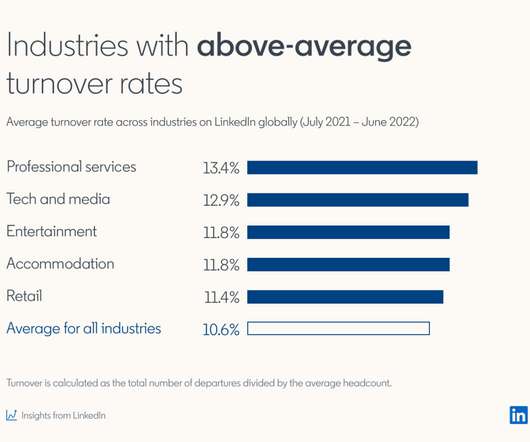How to Add Talent Analytics To Your Recruitment Strategy
Ideal
SEPTEMBER 4, 2018
This is just one area in which talent analytics plays a huge role in improving the speed and quality of a recruitment team. Without talent analytics, recruiters lack that insight all together or are manually working to cobble together potentially unreliable data from spreadsheets and various software from several departments.















Let's personalize your content